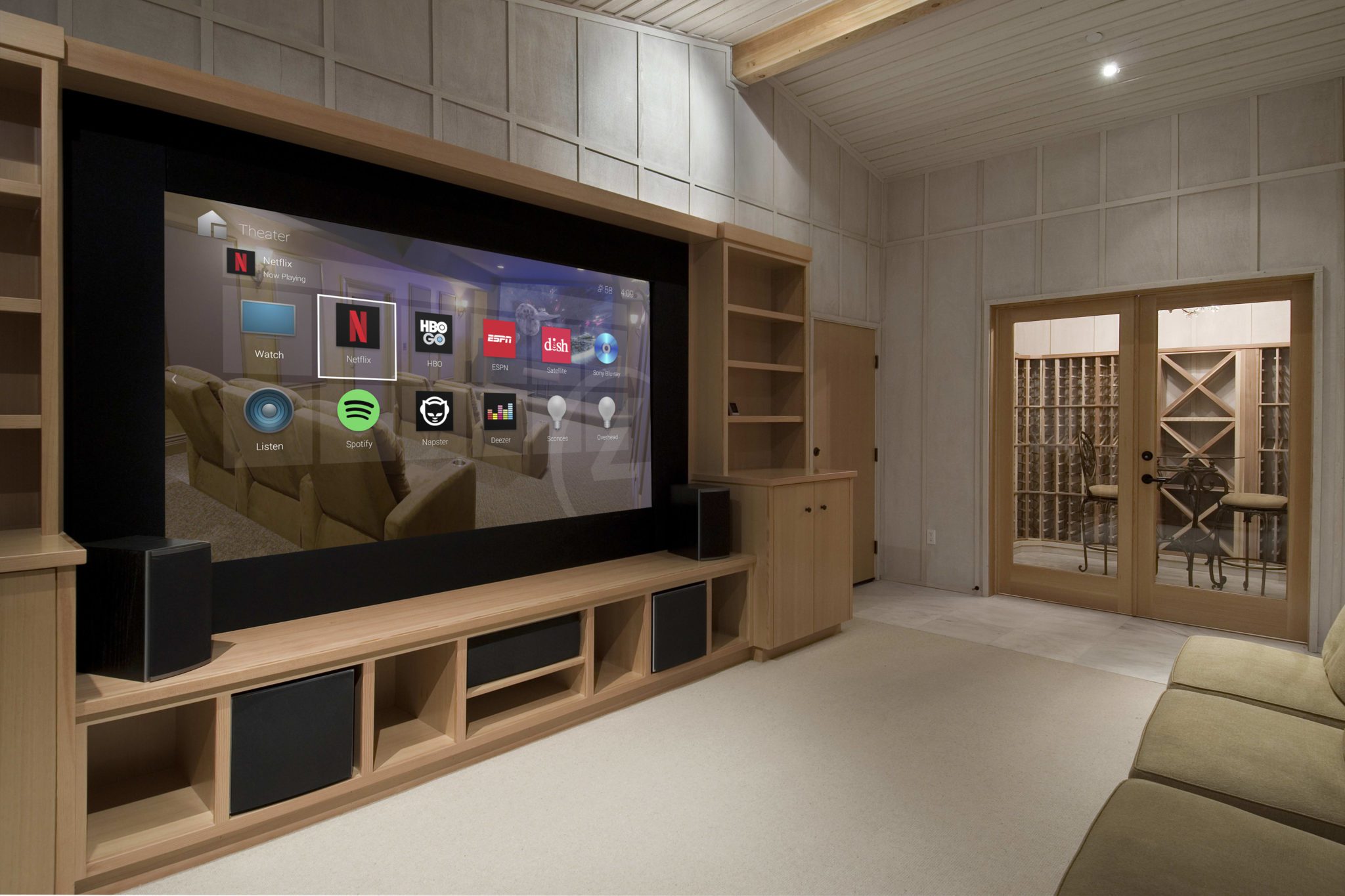
The Real “WOW” Factor
While much of the news about video for the past three or so years has been about the demise of 3D and the http://www.bello-ade-in-park-und-see.de/viagra-kaufen-dortmund/ rise of 4K resolution for displays and http://www.soluson.fr/cialis-bon-marche/ content, the real “WOW!” factor that will propel 4K/UHD may, in the end, not be the resolution itself, but a pony that comes along for the ride with 4K: HDR, or High Dynamic Range video. Yes, when you either sit incredibly close to the screen or has a REALLY large display, the increased resolution of 4K over standard HD resolution may make a difference, but for many that’s not enough to push a prospect to adopt UHD.
On the other hand, the promise is to deliver visibly better images and you’re in a much better position to close the sale. That’s exactly what HDR does. However, as is often the case with any new technology, the introduction of HDR is laden with acronyms, multiple standards options, the possible requirement to update more than just one part of the home eco-system, and, of course, no end of confusion.
It would take more room than we have here to present the full picture, but here are the top level things you need to know:
What 4K / HDR Does
HDR delivers a wider range between the lightest and darkest parts of an image. It is NOT just a brighter picture. Rather, it is a system that makes it possible to capture, and then display, images with a much broader range of perceptible shadow and detail without “blowing out” bright parts of the scene at the expense of increased black.

As an added bonus, it is commonly applied with a wider color gamut, so that color reproduction joins the party.
Different Types of HDR
Photo hobbyists may be familiar with the term HDR, but in still photography it is used to describe how you can show an image in any form by “bracketing” the exposure of a scene. HDR is close to the limit of static human vision; showing at least 16 stops. Put another way, that’s a contrast ratio of over 65,000:1 vs. 1024:1.
In other words, the camera pretends it is the three little bears: A shot or two that are overexposed, some that are underexposed, and some shoots that are “just right”. The camera does its magic and blends them together to really make it “just right” with a wide combined dynamic range.
In motion video, the image is captured correctly in the camera, likely well beyond the capability of the display, and it is then “graded” to create a file that is optimized for either SDR or HDR displays.
Understanding “PQ”
Here, it stands for “Perceptual Quality” not “picture quality” as it is often referred to in the blogs. It’s also called the Electro-Optical Transfer Function (EOTF) which is the manner in which the digital video is transferred to the improved characteristics of an advanced LCD, OLED, or projection display as compared to older CRT or earlier LCD and plasma panels.
In its plain form this EOTF is consistent with the SMPTE ST-2084 standard. All system components need to support HDMI 2.0a (the “a” means that the set is able to recognize the metadata and put it to use). Otherwise, you won’t see the HDR image.
Dolby Vision also uses PQ; indeed Dolby was instrumental in its development. However, since Dolby Vision is a dual-layer approach, with separate SDR and HDR streams, the set will see the separate HDR stream and thus, only HDMI 2.0 (without the “a”) is needed.

Display Requirements for HDR
To achieve the image improvement, you need to have at least the following, along with the proper HDMI as described above.
1. A 4K display or capable of 0.05 nits of brightness to at least 1,000 nits for LCD panels and se puede comprar sin receta en holanda kamagra 0.005 to greater than 540 nits for OLEDs. The former will have a brighter image while the latter will deliver deeper black. BOTH are great.
2. The ability to decode the HDR-10, Dolby Vision or Technicolor’s HDR data.
3. A 10-bit display panel is highly desired, but not 100% mandatory.
HDR is not just for 4K
Casual set-buyers may think that HDR is for 4K/UHD sets only. In reality, the cost and complexity of HDR is limiting it to 4K, but it works as well on standard HD. If a consumer wants HDR it will be a 4K set, but it is not out of the question that 1080i or 720p broadcasts might be available in the future with HDR.
What about Content?
You can already see HDR in movies available through the leading streaming services with original content to follow. Satellite services have carried it, as the Masters tournament coverage on DirecTV. Cable? Sooner or later. UltraHD Blu-ray? You bet. Broadcast? That will likely need to wait about 18 months.
